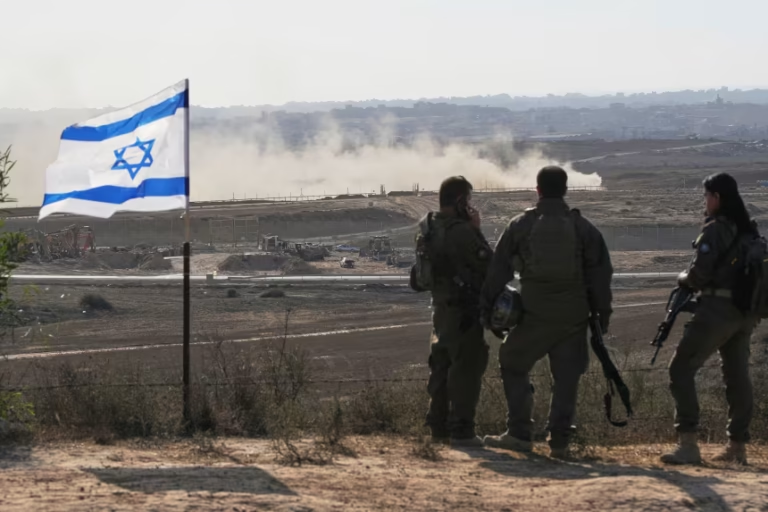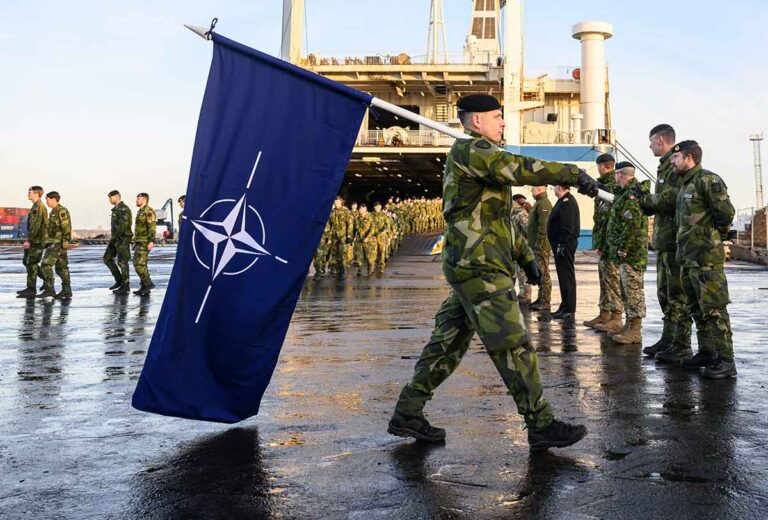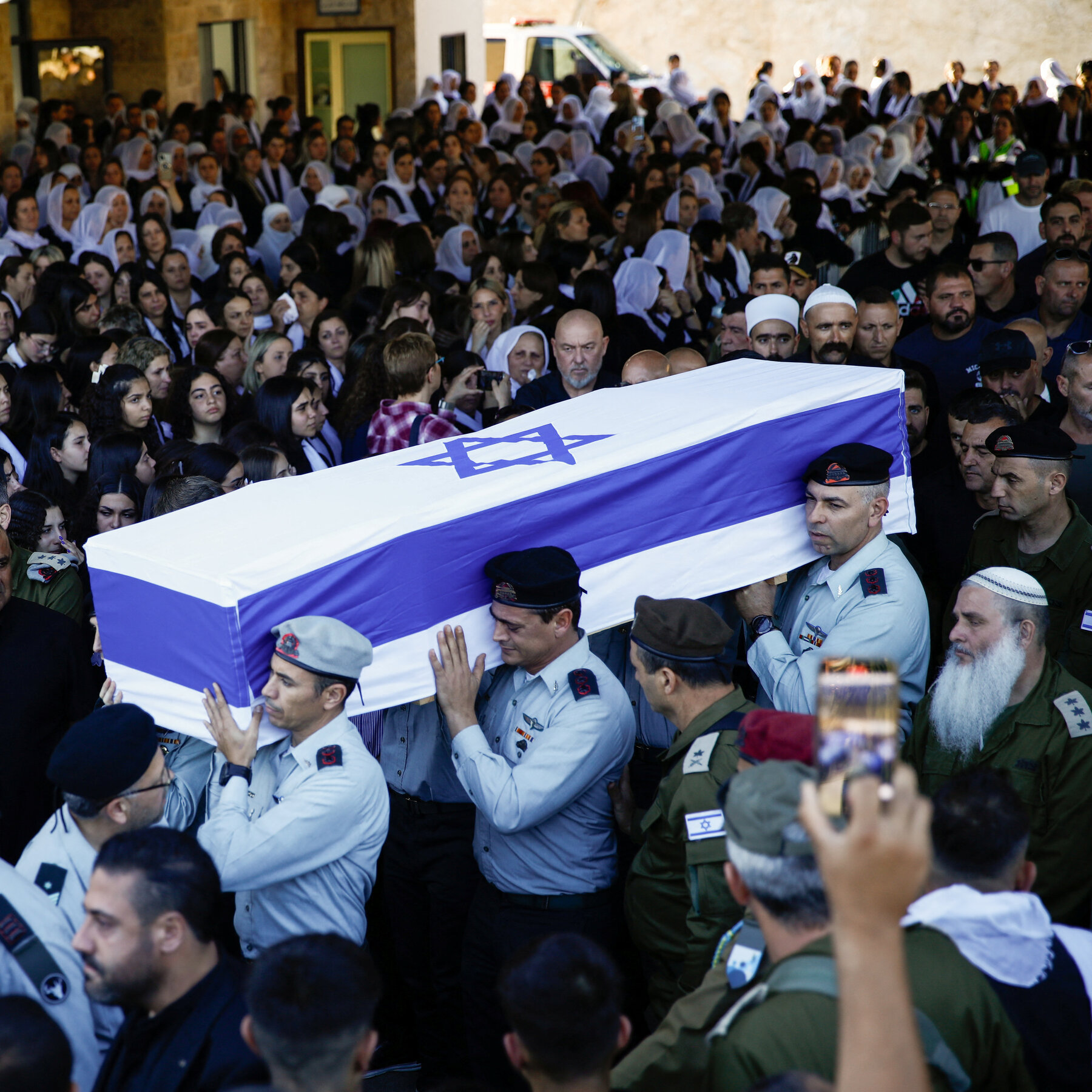
Despite significant challenges, Hamas has clearly evolved into a more sophisticated guerrilla group, employing tactical flexibility to continue posing a strong threat to Israeli actions in Gaza.
🔥 Transitioning from Traditional to Secretive
After months of heavy Israeli airstrikes and ground assaults, Hamas has intentionally shifted away from conventional, large-scale battles. Rather, the fighters that remain—thought to be merely a few hundred cells—have scattered into urban ruins, terrifyingly transformed landscapes, and tunnel systems, utilizing guerrilla strategies for survival. These actions aren’t frantic attempts; rather, they are strategic moves in a new stage of asymmetrical conflict.
🎯 Critical Surprise Attacks
The group’s signature tactic now: surprise strikes employing improvised explosive devices and sniper attacks. A recent ambush in Beit Hanoun, northern Gaza, left five Israeli soldiers dead and nine others injured—strong proof that Hamas is still able to carry out meticulously planned, lethal attacks.
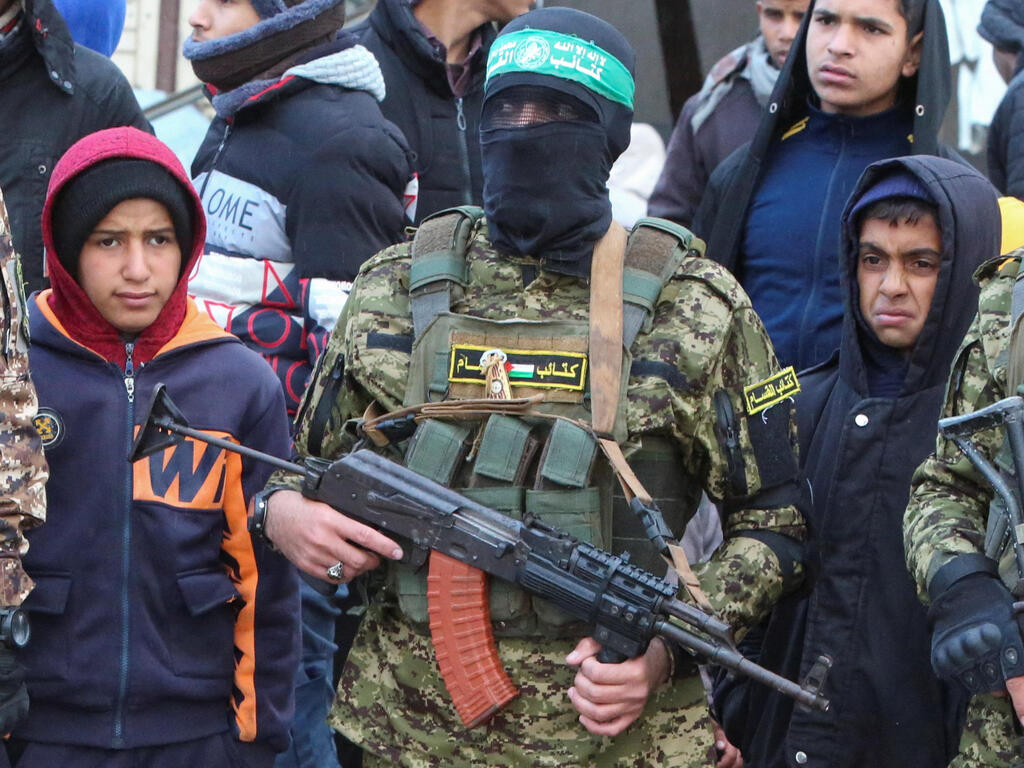
🏗️ Tunnels: The Essential Connection
Although Israel has closed numerous tunnels, sufficient ones are still operational to enable unexpected attacks and protect militants from aerial bombardments. These underground tunnels enable Hamas fighters to attack quickly and disappear before Israeli troops react.
🧠 Distributed Leadership
Israel’s intense targeting has greatly impaired Hamas’s command and communication systems. Cells function with local independence—executing their own tactical choices and maintaining activities at the community level.
🌍 Psychological and Political Influence
Apart from victories on the battlefield, these strategies exert psychological impact. Unsuccessful abduction efforts—like the recent attempt to seize or recover an Israeli soldier’s remains—fulfill two roles: they act as strategic bargaining tools and propaganda instruments aimed at undermining the morale of Israeli soldiers and the public.
🚧 Gaza’s Broken Terrain
As Hamas withdraws into insurgency, the administration of Gaza faces a void. Militias and opposing groups, such as the Popular Forces backed by Israel, are vying for dominance—complicating any ceasefire or stabilization strategy.
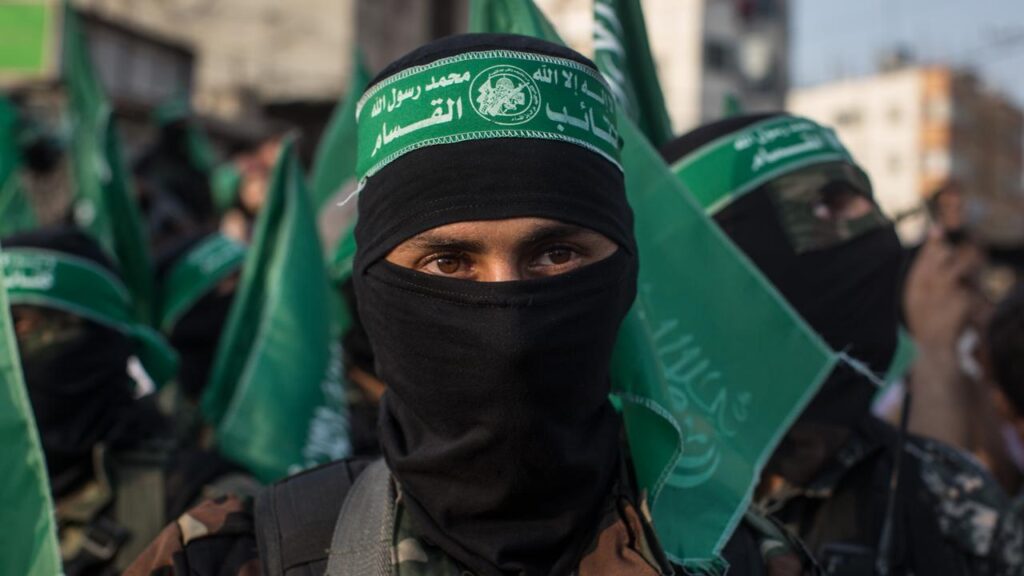
🔮 What Awaits Us
Consistent Insurgent Resistance: Hamas’s guerrilla tactics are not a temporary measure—they represent an enduring strategy. Anticipate ongoing ambushes, IED strikes, and localized skirmishes.
Israeli Counterinsurgency Challenges: The IDF confronts a tough decision—either maintain a continuous presence in Gaza or face sporadic eruptions that extend instability.
Political Struggle: Israel’s military achievements are eclipsed by Hamas’s ongoing efficacy—intensifying internal discussions on whether to advocate for a broader withdrawal or maintain a prolonged military presence.
🧭 Conclusion
Despite being significantly weakened, Hamas’s evolution into a nimble guerrilla organization allows it to maintain instability in Gaza, challenge Israeli control, and stay strategically important. This development symbolizes a new stage: a low-intensity conflict that merges consistent battlefield engagement, psychological tactics, and political strategy.
